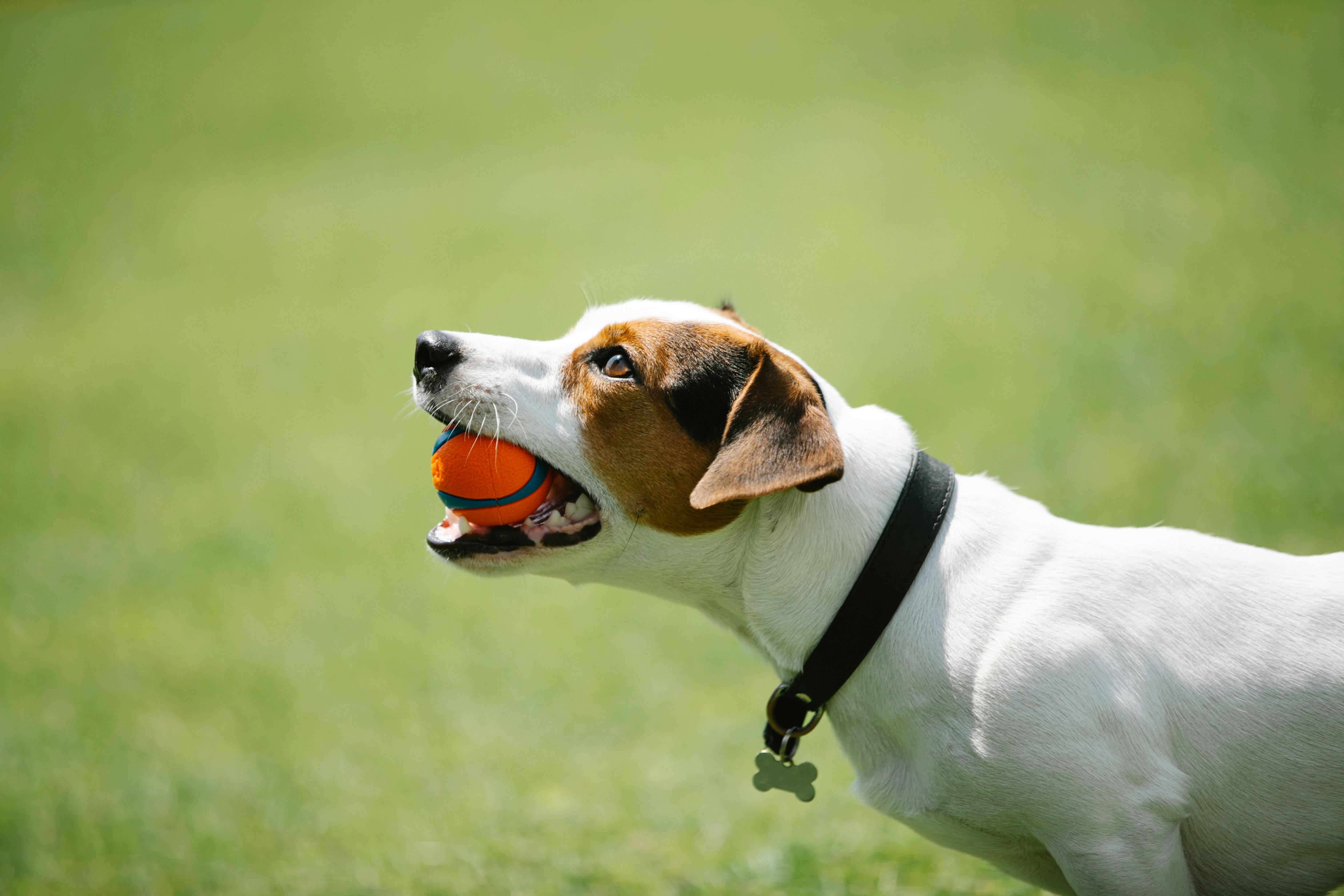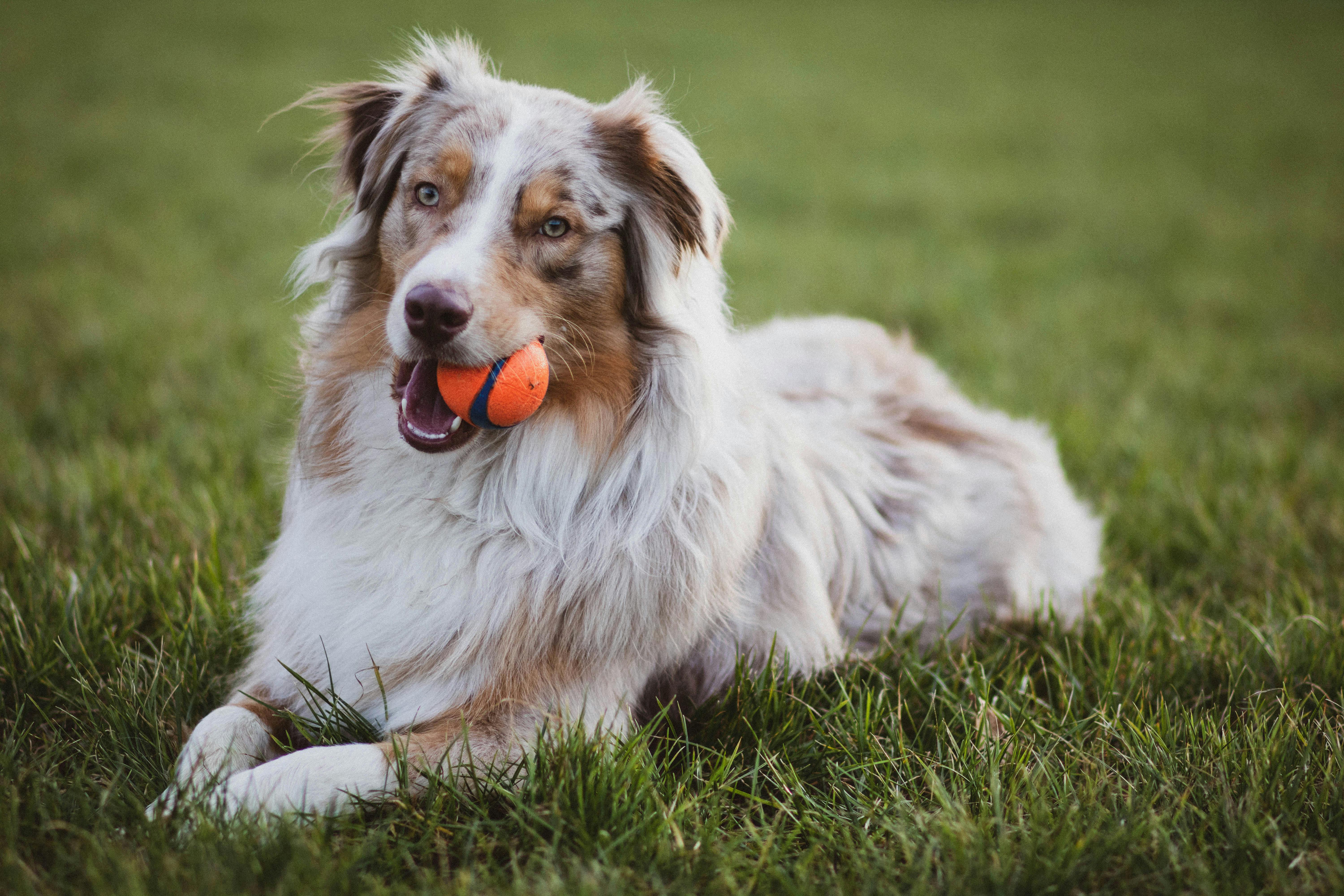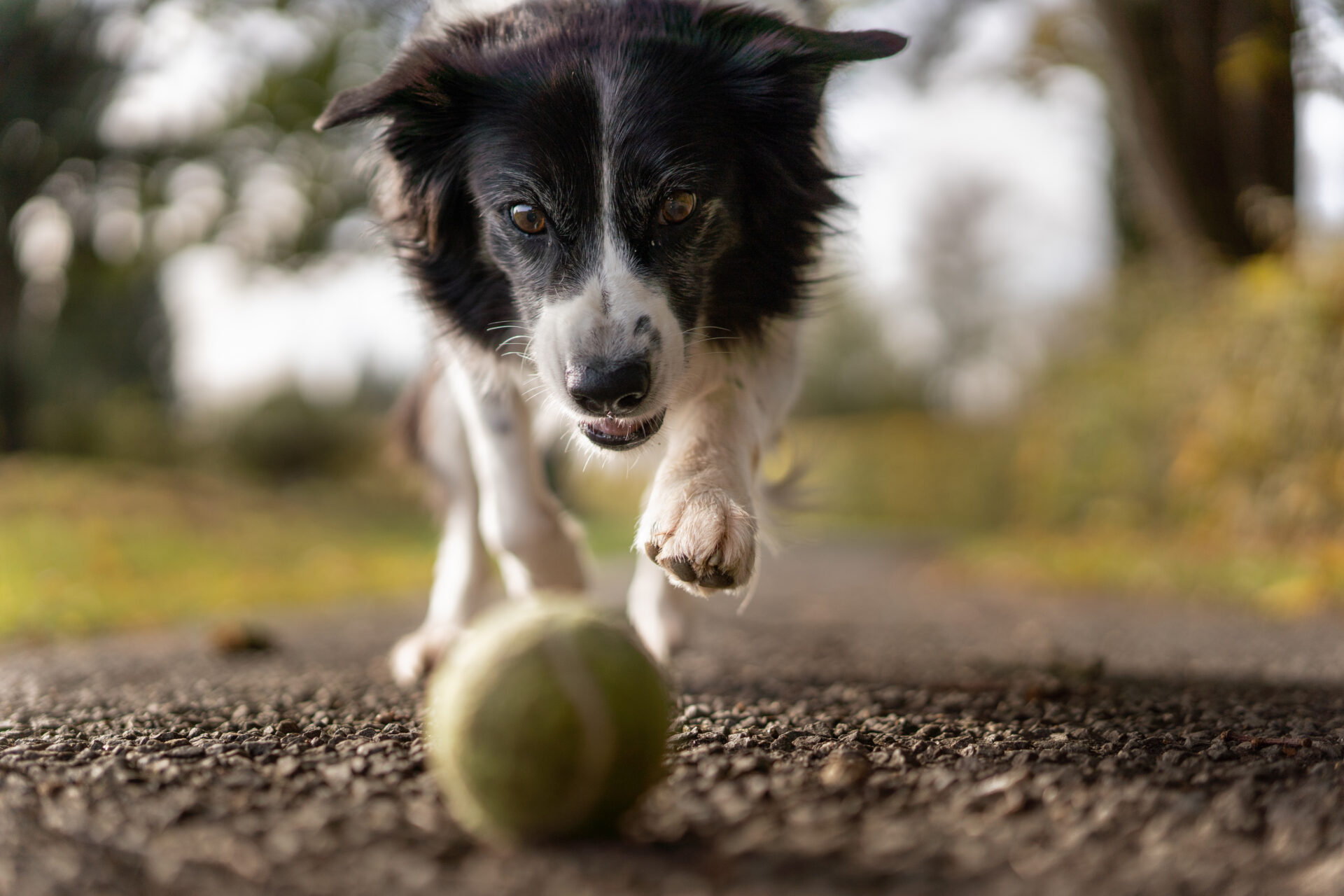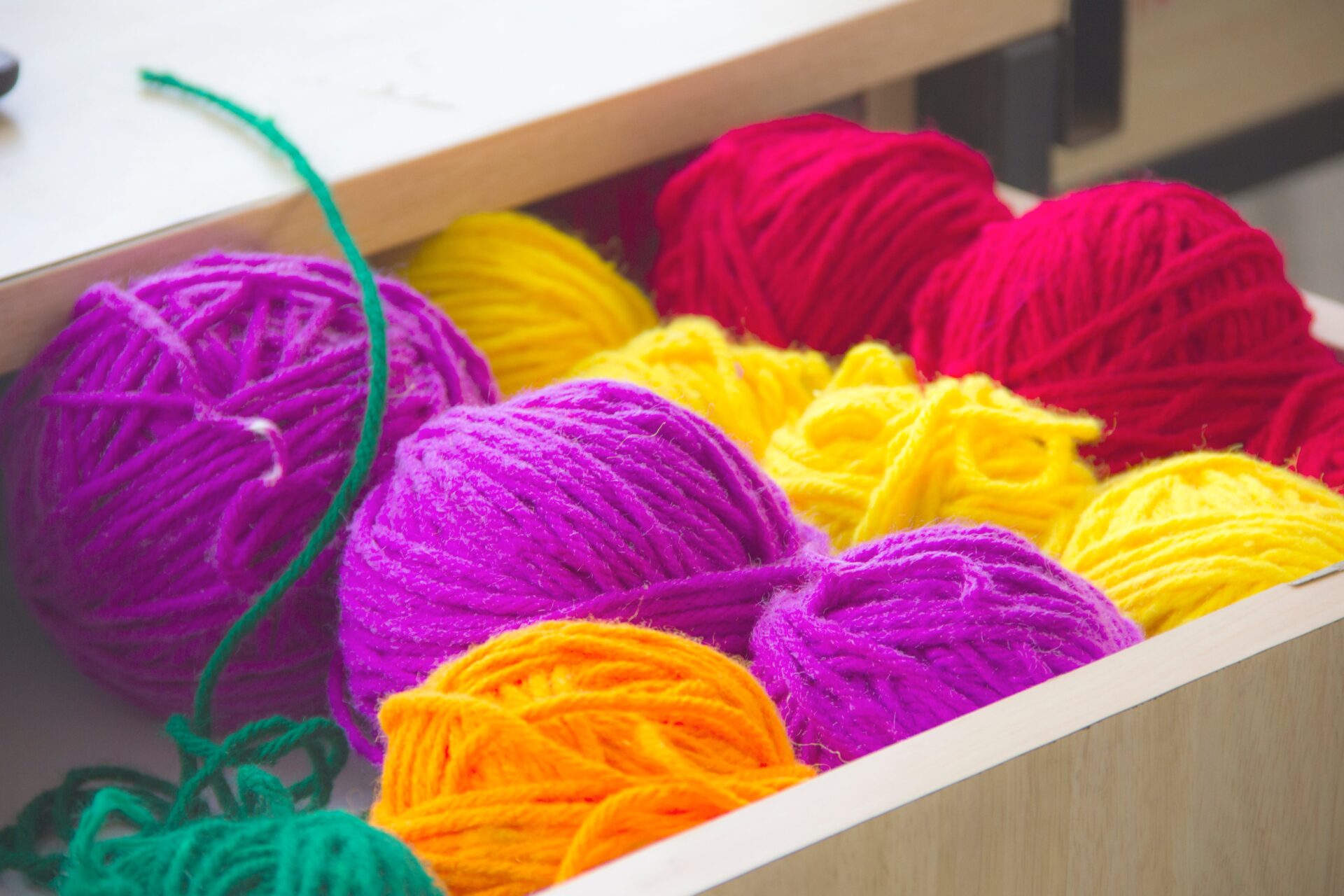If you are looking to breed ball pythons as a hobby or business, you need to understand the basics of breeding and caring for these animals. Breeding ball pythons is a rewarding and fascinating endeavor which can provide you with many years of enjoyment. This guide will provide an overview of the basic steps to ensure successful breeding, from selecting the right animals to creating the best environment for them.In order to breed ball pythons, you will need two healthy adult ball pythons of opposite sexes, a secure enclosure, temperature and humidity controls, and a separate area for the female to lay her eggs. You will also need to provide a nutritious diet for the adult snakes as well as a variety of appropriate sized prey items for the young. Additional supplies such as substrate, hides, water dishes, and thermometers/hygrometers will also be necessary. Finally, you will need patience and dedication in order to successfully breed ball pythons.
The Basics of Breeding Ball Pythons
Breeding ball pythons is an exciting and rewarding experience. It can be challenging, but with proper preparation and knowledge it can be a successful endeavor. There are a few things to consider when breeding ball pythons, such as the age of the snakes, the environment, and the genetics of each parent. Understanding these basics is key to ensuring successful breeding and healthy offspring.
The age of the snakes is important when it comes to breeding ball pythons. Ideally, both males and females should be at least three years old before they are bred. This will ensure that they have reached their full growth potential and are in optimal health for successful mating.
The environment is another important factor when breeding ball pythons. The enclosure should be large enough to comfortably house both parents and provide adequate space for them to move around freely. Additionally, the temperature should be maintained at the correct levels for each species of python being bred. Lighting should also be provided in order to create a day/night cycle that encourages mating behavior.
Finally, the genetics of each parent must also be taken into consideration when breeding ball pythons. The genes of both parents will determine what traits will be passed on to their offspring, so it is important to know what traits you are looking for in your new generation of snakes. Selecting two genetically compatible parents will help ensure healthy offspring with desired traits.
By understanding these basics of breeding ball pythons, you can ensure that your efforts are rewarded with healthy offspring that exhibit desirable traits. With proper care and attention to detail, you can enjoy a successful experience with your pet snakes!
Choosing the Right Breeding Pair
When it comes to breeding animals, it is important to choose the right pair. This will help ensure that the offspring are healthy and free from genetic defects. Before selecting a breeding pair, it is important to consider the breed, size, age and health of both animals. It is also important to consider their temperament and compatibility.
The breed should be selected based on the desired characteristics that you are looking for in the offspring. Different breeds have different characteristics that can affect the traits of their offspring. For example, if you are looking for an animal with a specific coat color or size, you should select a breed that has those traits in its background.
Size is also an important factor when selecting a breeding pair. Animals that are too large may have difficulty producing healthy offspring and may cause complications during delivery. Similarly, animals that are too small may not be able to produce enough milk for their young or may have difficulty caring for multiple offspring at once.
The age of both individuals should also be factored into your decision when selecting a breeding pair. Older animals may not have as many reproductive years left and may not be able to produce as many offspring as younger animals. Younger animals may not have developed enough to ensure healthy offspring or they could pass on genetic defects if they are related too closely.
Finally, it is essential to assess the health of both potential mates before deciding on a breeding pair. Both animals should be free from any diseases or conditions that could be passed on to their offspring or cause complications during mating or delivery. The veterinarian should be consulted for any questions regarding the health of either individual before proceeding with mating them together.
By considering all of these factors when selecting a breeding pair, breeders can ensure that they produce healthy and genetically sound offspring with desirable traits inheriting from both parents.
Housing Requirements for Breeding Ball Pythons
Breeding ball pythons requires careful consideration of the housing requirements. As with other species of snakes, ball pythons need an enclosure that provides ample space, ventilation, and a temperature gradient to regulate their body temperature. The housing should also be designed to prevent escape, provide secure lid closure, and minimize stress. It is important to provide a safe and comfortable environment for your ball python to thrive in.
The enclosure should be large enough to accommodate the size of the snake and also provide enough space for them to explore and move around. It is best to use a glass terrarium or a plastic tub with secure lid closure. The enclosure should also have adequate lighting, heating, and ventilation. A substrate such as aspen shavings or coconut fiber can be used in the enclosure as bedding material.
Temperature can have a significant impact on the health and well-being of your ball python, so it is important to ensure that they are kept within an appropriate range at all times. A temperature gradient should be created by providing two thermometers – one on each end of the enclosure – so that temperatures can be easily monitored throughout the day. A basking spot should also be provided with a heat lamp or heating pad set at one end of the cage so that your snake has access to warmer temperatures when needed.
It is important to provide hiding boxes or caves in your ball python’s enclosure for them to feel secure in their habitat. These can be anything from PVC pipes to commercial hide boxes available at pet stores. Additionally, live plants can be added as decoration but must be non-toxic and safe for your snake if ingested accidentally.
Finally, it is important to keep the enclosure clean at all times by removing uneaten food items and waste regularly as these can lead to bacterial growth which may affect your snake’s health negatively over time if not addressed properly. Regular cleaning will also help prevent odors from developing which can cause stress in snakes due to their heightened sense of smell. With proper care and attention, you will create an ideal environment for breeding ball pythons that will ensure their health and wellbeing for years to come!
Temperature Requirements for Breeding Ball Pythons
Ball pythons are a popular pet among reptile enthusiasts, and many people want to breed them. Breeding ball pythons requires special temperatures in order to ensure the success of the process. The temperature requirements for breeding ball pythons vary slightly between male and female, but both will require temperatures that are slightly higher than what is considered optimal for regular ball python care.
For the male, the temperature should be between 88-90 degrees Fahrenheit during the day and 80-85 degrees Fahrenheit at night. It is important to note that the temperature should not fall below 80 degrees Fahrenheit during the night as this can interfere with breeding behavior. Additionally, males should be provided with a basking spot of about 95 degrees Fahrenheit for several hours per day.
Female ball pythons require slightly different temperatures than males during the breeding period. During the day, their temperatures should remain between 85-88 degrees Fahrenheit, while at night they should stay between 78-83 degrees Fahrenheit. Females also need access to a basking spot that is set around 95 degrees Fahrenheit for several hours per day.
It is important to provide these temperatures in order to ensure successful breeding of your ball python pair. If you are unable to provide these temperatures it may be best to wait until you can do so before attempting breeding your ball pythons.

Feeding Requirements for Breeding Ball Pythons
Feeding requirements for breeding ball pythons will vary depending on the age, size and health of the snake. Juvenile ball pythons should be fed one or two small meals a week. As the snake grows, its meals should also increase in size and frequency. An adult ball python should be offered one to two meals per week, depending on its size. It is important to feed your ball python only appropriate-sized prey items that are no larger than the widest part of its body. Prey items should be thawed before feeding, as live prey can injure your snake.
When breeding ball pythons, it is important to ensure they are receiving adequate nutrition and feeding them more often than usual can help ensure this. Offer your breeding female one or two meals a week during the pre-breeding period and increase her feedings to three or four weekly during the breeding season. Baby ball pythons should be offered small meals every four to five days during their first year of life to ensure proper growth and development.
It is also important to monitor your snake’s weight throughout its life, especially when it is being bred or kept in captivity for an extended period of time. If you notice any sudden changes in weight, you may need to adjust your snake’s feeding schedule accordingly. Be sure not to overfeed your snake as this can lead to obesity and other health issues.
Ball Python Egg Care
Providing proper care for ball python eggs is essential to ensure successful hatching. After a female ball python has laid her eggs, they should be moved to an incubator as soon as possible. The incubator should be set at a temperature between 82-88 degrees Fahrenheit and humidity between 70-80%. The eggs should be placed in an appropriate substrate such as vermiculite, perlite or a combination of the two. It is important to check the substrate regularly to make sure it stays moist but not wet. If the substrate becomes too dry, it can cause the shell of the egg to become brittle and possibly crack, resulting in death of the embryo.
Incubation for Ball Pythons
The incubation period for ball python eggs is typically between 50-60 days. It is important to check on the eggs periodically during this time. If any of the eggs appear discolored or have fungus growing on them, they should be removed from the incubator immediately and disposed of properly. Additionally, if any of the eggs are stuck together or appear misshapen, they should also be removed from the incubator and discarded as these are signs that something has gone wrong with them during development.
Once all of the healthy eggs have hatched, it is important to remove them from their incubator as soon as possible so that they do not become overheated. The newly hatched ball pythons should be placed in individual containers with appropriate bedding such as newspaper or paper towels until they can be transferred into their permanent enclosure.
Sexing and Handling Hatchling Ball Pythons
Sexing hatchling ball pythons can be tricky, as there are no obvious physical differences between male and female snakes at this age. However, there are certain methods of determining the sex of a hatchling snake. These methods include probing, temperature, and visual inspection.
Probing is the most accurate way to sex a hatchling ball python. A special tool called an anoscope is inserted into the snake’s vent until it reaches a chamber in the snake’s reproductive system called the hemipenis. If two hemipenes are found, then the snake is male; if only one hemipenis is found, then the snake is female.
Temperature can also be used to determine the sex of a hatchling ball python. Females tend to incubate their eggs at higher temperatures than males do, so snakes incubated at higher temperatures will generally be female.
Finally, visual inspection can be used to differentiate between male and female hatchlings by looking for secondary sexual characteristics such as spur length or shape of scales on the tail. While this method is not as accurate as probing or temperature-sexing, it can give a general indication of gender in some cases.
In addition to sexing a hatchling ball python, it is important that they are handled correctly in order to reduce stress and ensure their safety. This includes providing them with a secure container when they are being handled and avoiding any sudden movements or loud noises that could startle them or cause them to bite defensively. It is also important to ensure that your hands are clean before handling your python as they may become ill if exposed to bacteria on your hands. Finally, it is important not to handle your snake too much as this can lead to stress and cause them to become defensive or aggressive towards humans.

Conclusion
Breeding ball pythons is a rewarding experience that can help you to learn more about the reptile and its life cycle. It requires patience and dedication, but it can also be an enjoyable activity. In order to successfully breed ball pythons, you must provide them with the right environment, nutrition, and genetics. You should also be aware of common health issues and be prepared to handle any problems that may arise during the breeding process. By following these steps, you can ensure a successful breeding experience for your ball pythons.
Ultimately, breeding ball pythons is an exciting adventure that requires knowledge and dedication. With the right preparation and care, you can enjoy the process of raising healthy baby ball pythons with confidence.




